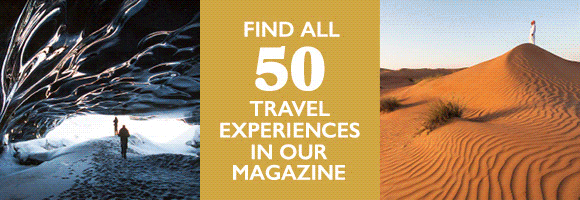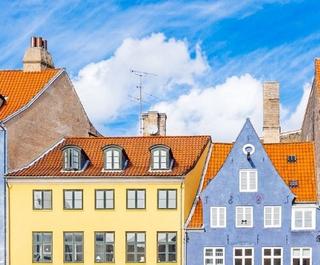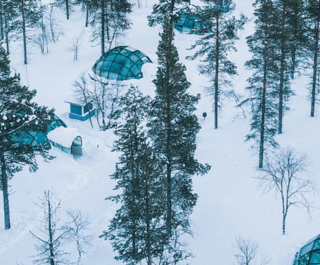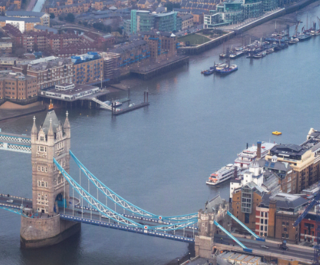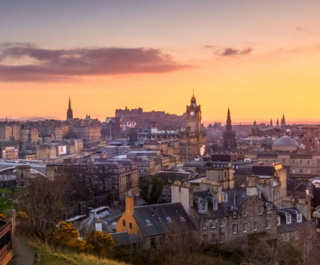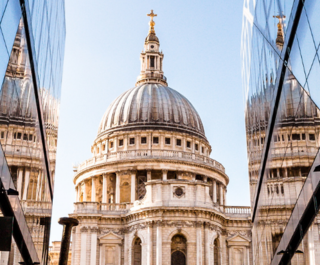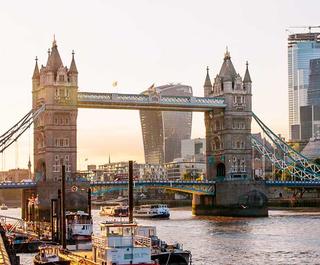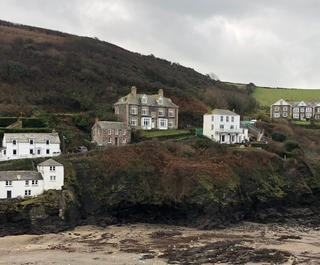
Breathtaking beaches, ancient monuments and lashings of Gaelic culture, Scotland’s unknown islands are guaranteed to impress.
While Edinburgh, Glasgow and Loch Ness – along with its famous monster – are all top of mind for visitors to Scotland, the country’s biggest drawcard is also perhaps the most underrated: its islands.
With about 790 of them equating to some 11,800 kilometres of coastline – interesting fact: if you stretch out the coast into a straight line it would stretch all the way to Australia – Scotland is a bona fide island-lover’s paradise. Most sit within one of the four main groupings: Shetland, the Orkneys, the Inner Hebrides and the Outer Hebrides. And out of the 790, only 110 islands are classified as ‘inhabited’, so for those keen to indulge in their very own Robinson Crusoe fantasy there are hundreds to choose from.
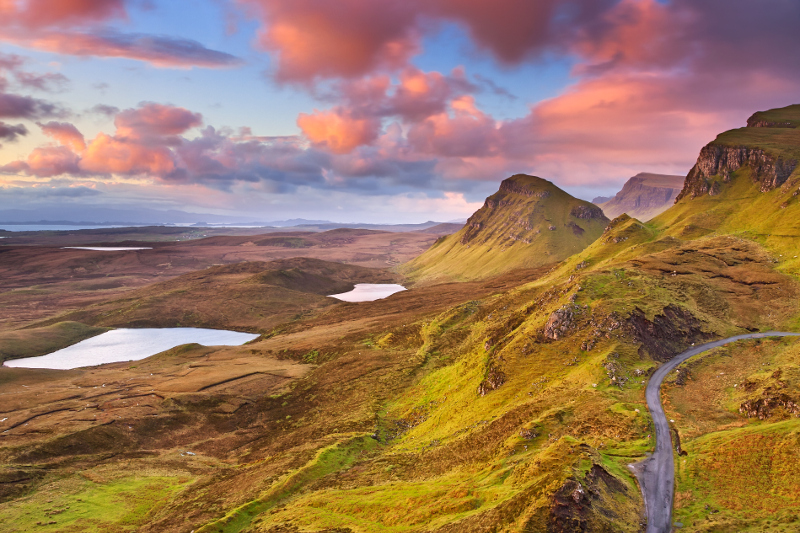 The Isle of Skye is the largest in the Inner Hebrides.
The Isle of Skye is the largest in the Inner Hebrides.Leave the familiar, city-slicker urban sprawl behind, ignite your imagination and travel back to Scotland’s grassroots – literally – by exploring the wild beaches, ancient ruins, lush greenery, magical waterfalls, mist-laden lochs and rugged mountains that populate these remote, otherworldly isles.
First-timers can ease themselves into the Scottish island-hopping experience by making the trip to the Isle of Arran, an easy three-hour journey from Glasgow. This already-popular holiday destination for Scots is affectionately described as ‘Scotland in miniature’, thanks to its microcosm of highlands in the north and a more temperate south, alongside smatterings of woodlands, beaches, majestic castles, prehistoric standing stones and outlying islands.
But to experience the true magic of a Scottish islands holiday, a visit to the Hebrides is essential. Home to rugged landscapes, fishing villages and Gaelic-speaking communities, this widespread archipelago off the west coast comprises two main clusters, the Inner and Outer, with the Inner lying closest to the mainland. The phrase, ‘the most beautiful place on earth’ is touted around a lot these days and while the Hebrides might not claim that title – indeed, how do you begin to quantify such an honour? – there aren’t many places that will supersede it. Remote, otherworldly and with some of the most stunning beaches in Europe, it needs to be seen to be believed.
Connected to the mainland by a bridge, the Isle of Skye is Scotland’s largest island and also the perfect jumping-off point from which to explore the rest of the archipelago. Its signature craggy coastlines, mountain ranges and other majestic geological features, such as the Old Man of Storr, has seen it immortalised on both the big and small screens, in the likes of The BFG, sci-fi epic Prometheus and TV smash-hit Outlander.
The stunning Cuillin Hills are a walker’s dream, and the Fairy Pools – a staggered series of dreamy pools and waterfalls – tempt visitors for a bracing swim and definitely live up to their fantastical name.
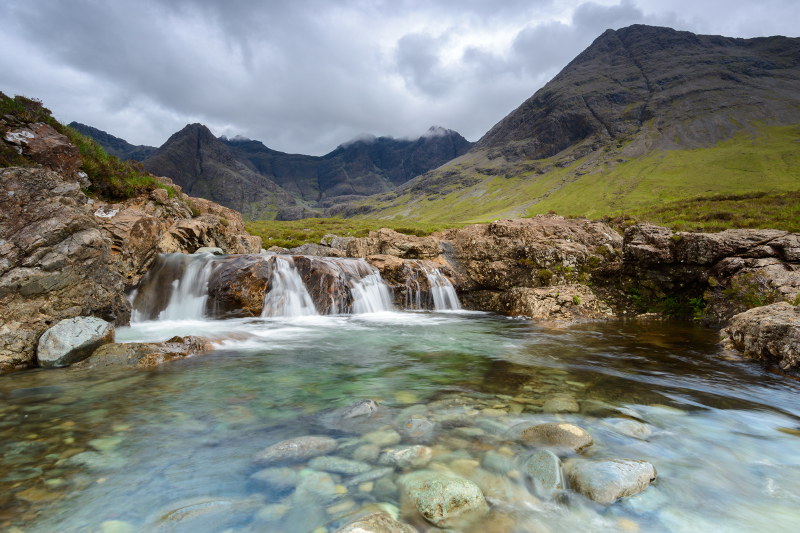 The enchanting Fairy Pools.
The enchanting Fairy Pools.But if you’d rather drink fluids than swim in them, make a pitstop at the widely acclaimed Talisker Distillery, which can swiftly be followed by super-cheap and tasty fresh local lobster and chips at nearby The Oyster Shed.
Speaking of which, foodies shouldn’t pass up the opportunity to dine at award-winning The Three Chimneys, which cooks up seasonal local produce from Skye and other Scottish regions.
Though snaring only a fraction of Skye’s limelight, the Isle of Mull has plenty of attractions in its own right, not least its wildlife. Both Atlantic grey and common seals can be seen in the waters off the jagged coastline here, along with pods of dolphins and otters. But its the winged population that have really put the island on the map; it is regarded as the best place in the UK to see the rare golden and white-tailed eagles, Mull has been re-christened ‘Eagle Island’ by the droves of bird spotters who flock here annually.
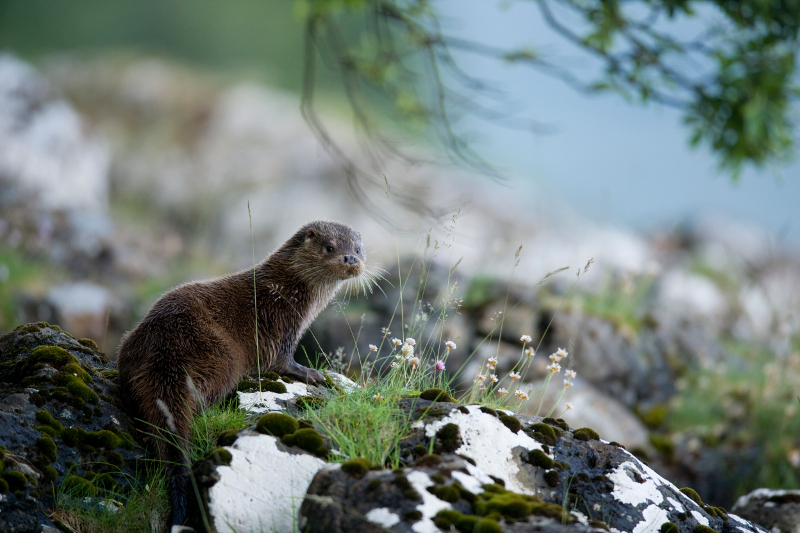 An otter in the Isle of Mull.
An otter in the Isle of Mull.Ireland may have its Giant’s Causeway, but Scotland has Fingal’s Cave. On the uninhabited, volcanic Isle of Staffa, just west of Mull, is the famous geological marvel. Like its Irish equivalent, the towering six-sided columns of basalt induce awe in visitors; classical composer Felix Mendelssohn even immortalised the natural wonder in his ‘The Hebrides’ overture.
Almost 100km south is the southernmost island of the Inner Hebrides and the one dubbed as its reigning ‘queen’: the Isle of Islay. Though an association between Scotland’s notoriously chilly climate and great beaches isn’t an obvious one, there’s a bevy of stunning beaches to choose from – and Islay is home to one of the best. A short hike through lush, green flatlands and past a crumbling Iron Age fort will take you to Machir Bay. While not suitable for swimming due to its strong currents, the white-sand shoreline has a reputation for some of the best sunsets on the island, which you can toast with a dram of whisky from the nearby, multi-awarded Kilchoman distillery. In fact, Islay’s biggest claim to fame is its single-malt whisky production. There are eight working distilleries on the island, which are known for producing peaty, smoky whiskies, which some say are the best in the world.
Of course, after a few whiskies, the natural conclusion is merrymaking, and this is when you’ll see Hebridean hospitality at its best. Given its remote location, traditional Gaelic culture is still going strong here, as evinced by its tight-knit community events, haunting folk music and raucous ceilidhs (parties filled with Scottish music and dancing), all of which can be seen at their best during the annual Islay Festival of Music and Malt. Taking place every May (2017 will mark its 16th year), the festival features a diverse program of traditional music, poetry, piping, ceilidhs, Gaelic lessons and, as you’d expect, whisky tasting.
Separated from the Inner Hebrides by the Minch strait to the north and the Sea of the Hebrides to the south, the 100-strong chain of islands and small skerries (rocky outcrops) that comprise the Outer Hebrides is battered by winds and the turbulent North Atlantic Ocean. Its inhospitable position means it’s even more remote, and nowhere demonstrates this better than the ‘ghost islands’ of St Kilda.
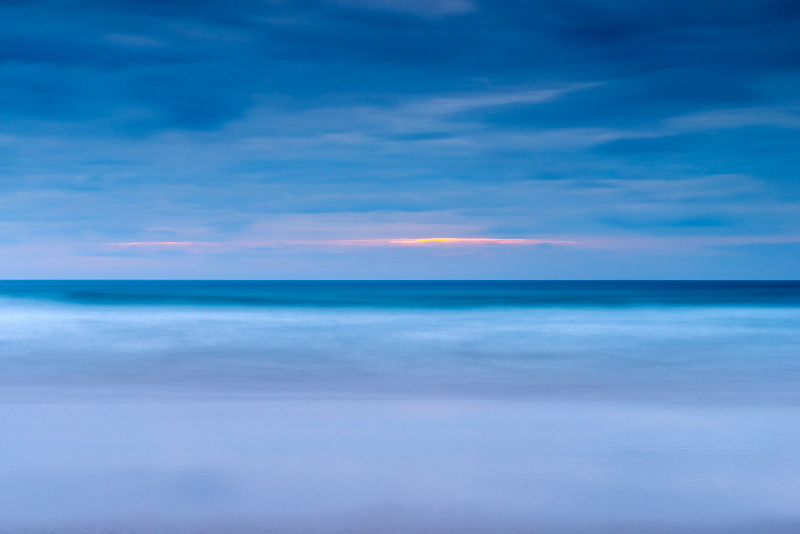 Beautiful Machir Bay.
Beautiful Machir Bay.The only site with dual World Heritage status in the UK (for both its natural and cultural significance) and one of only 24 such in the world, the islands play home to unique breeds of wildlife; their impressive sea stacks make them one of the most important seabird breeding stations in Europe, with an estimated 600,000 seabirds – including puffins, kittiwakes and guillemots – and the largest colony of northern fulmars in the British Isles.
But the most fascinating aspect of St Kilda is its human population, or lack thereof. For thousands of years a community survived here, adapting to the unique way of life, until 1930, when the remaining 36 locals were evacuated at their own request due to disease and food shortages. Since then, the islands have mostly been reclaimed by nature, and its modern-day visitors are merely day-trippers exploring the eerily abandoned main street, church and crumbling cleit (stone) homes of its former residents.
Veer north from John o’ Groats – the tip of the Scottish mainland – and you’ll reach the two archipelagoes of Orkney and Shetland. While each has its own distinct culture, both sets of islands are filled with pristine beaches, ancient Neolithic wonders and fascinating geological sites in spades, with omnipresent folk music fuelled by a raft of locally produced spirits and ales.
In the low-lying islands of Orkney, there is evidence of human habitation from more than 6,000 years ago. Indeed, on the island of Papa Westray, the Knap of Howar has been hailed as the oldest preserved house in northern Europe. Another Orkney claim to fame is on the island of Hoy, which has a sea stack – the Old Man of Hoy – that is officially the tallest in Britain.
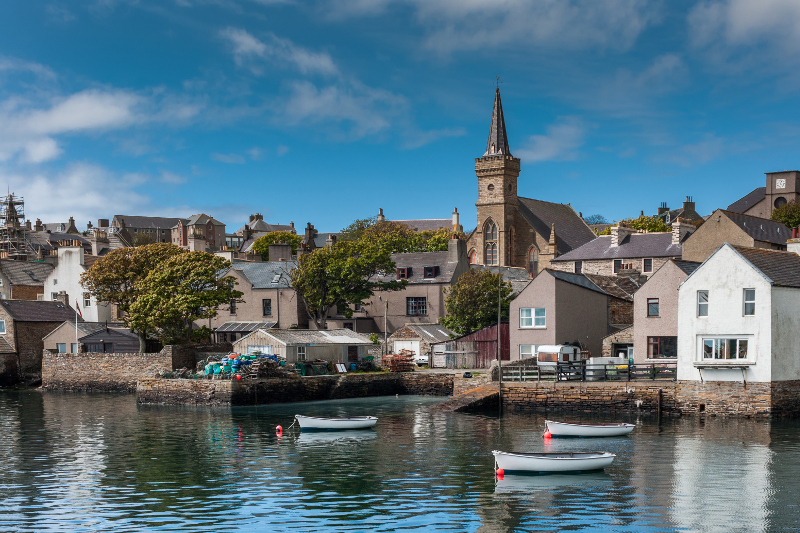 Stromness town in the Orkney Islands.
Stromness town in the Orkney Islands.Venture even further north and you’ll see what happens when Scotland meets Scandinavia. The most northerly of the British Isles, the Shetland islands are rugged, beautiful and secluded, with breathtaking coastline, sun-dappled sea lochs, heather-clad moors and towering clifftops. Like Orkney, history abounds here. Visit fantastically preserved Viking remains, Iron Age brochs (towers) and Neolithic standing stones.
Shetland is a place that has one foot in the past and one firmly in the present, with Norse cropping up everywhere, from signage to place names – even the local dialect (Shetlandic) has a distinct Scandinavian lilt.
And that’s not the only link. Because Shetland lies close to the North Pole, it’s also a great viewing point for the magical Northern Lights during the winter months. Known locally as ‘mirrie dancers’, there are undoubtedly few more magical moments than an evening watching the stunning rippling green and often multi-coloured aurora borealis.
Amazing natural wonders, ancient civilisations, warm local culture and some of the most stunning scenery in the world – the Scottish islands have it all. So, this year, leave the hordes of tourists on Edinburgh’s Royal Mile behind and instead earn serious travel bragging rights by exploring the country’s off-the-beaten path islands. You won’t regret it.
This article first appeared in Travel ideas Wow List 2017

